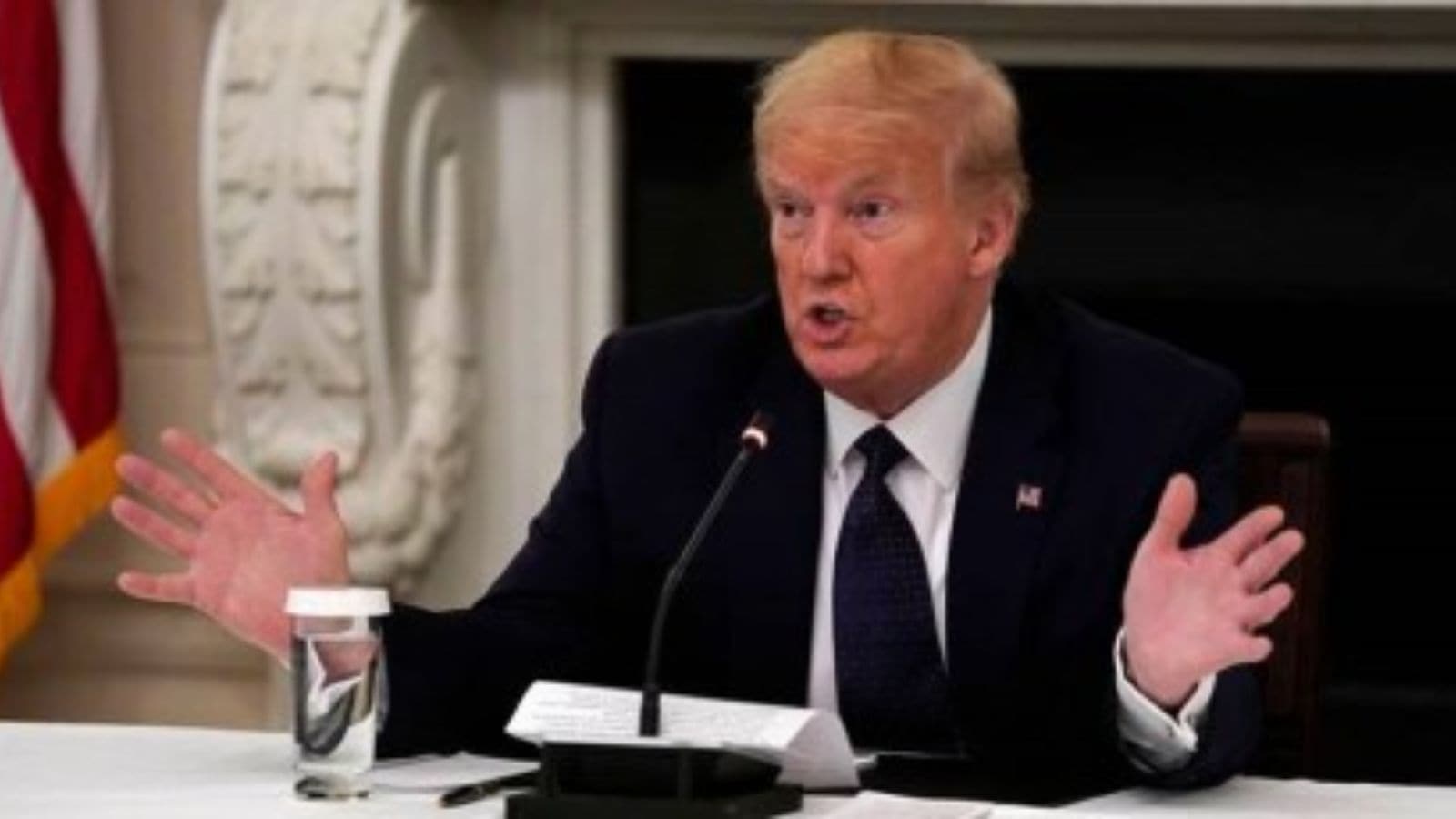Judicial Shockwave: Appeals Court Overturns Trump’s Controversial Firings
In a major legal shakeup, a federal appeals court has ruled that former President Donald Trump overstepped his authority when he fired two key members of independent labor boards. The decision not only reverses the firings but also tees up what could be a dramatic legal battle in the U.S. Supreme Court.
What Happened?
Earlier this year, Donald Trump, shortly after retaking office in January 2025, removed Gwynne Wilcox from the National Labor Relations Board (NLRB) and Cathy Harris from the Merit Systems Protection Board (MSPB). Both were Democrats who had been appointed under President Joe Biden and were serving fixed terms.
The issue? These aren’t just regular political appointees. Members of independent federal agencies like the NLRB and MSPB are supposed to be shielded from sudden dismissals by the president — unless there’s proof of misconduct or poor performance. Trump, however, fired them anyway.
On April 7, a federal appeals court in Washington, D.C., said that wasn’t okay.

The Court’s Take
In a 7-4 ruling, the D.C. Circuit Court said Trump’s actions violated federal law and the principles behind agency independence. The court pointed to longstanding legal precedent — all the way back to a 1935 case — that said presidents can’t just fire members of certain independent boards unless they have a valid reason.
The judges concluded that Harris and Wilcox were unlawfully removed and should be reinstated to their jobs.
This decision restores the quorum of both boards, allowing them to get back to work. In the case of the MSPB, the ruling is especially significant, since the board had been unable to resolve a growing backlog of federal employee appeals.
The Dissent: A Different View
Not all the judges agreed. The four who dissented, including Trump appointee Neomi Rao, argued that the Constitution gives the president the power to remove executive officials as he sees fit. Rao also questioned whether courts should even be allowed to reinstate federal appointees, suggesting it’s a political issue rather than a legal one.
This difference of opinion is one reason many legal experts believe this case is headed to the Supreme Court.
Why This Matters
The decision is more than just a legal technicality. It’s about how much control a president can have over independent federal agencies. These agencies — like the NLRB, which deals with workplace disputes, and the MSPB, which protects federal employees from unfair treatment — are supposed to function outside of direct political influence.
If the Supreme Court eventually sides with Trump, it could drastically change how future presidents interact with independent boards. It might mean that members who were once protected by law could now be let go at any time — depending on the politics of the day.
On the flip side, if the Court upholds the appeals court’s ruling, it could reinforce long-standing protections for agency officials, keeping presidential power in check.
What the Fired Members Are Saying
Gwynne Wilcox, a prominent labor attorney and the first Black woman to serve on the NLRB, said she was eager to return to the job and continue protecting workers’ rights. She had been confirmed in 2023 to serve a five-year term.
The Trump administration, meanwhile, wasn’t thrilled. A spokesperson called the ruling “a dangerous precedent” that limits presidential authority and promised a swift appeal to the Supreme Court.
What Comes Next?
If Trump’s team appeals — and all signs suggest they will — this case could become a major showdown at the Supreme Court, with high stakes for both the future of federal labor policy and the power of the presidency itself.
It’s not just about two board members. It’s about who holds the real power in Washington when it comes to oversight, checks and balances, and the rules that govern how our government works behind the scenes.
Stay tuned — this is one story that’s far from over.


Comments are closed, but trackbacks and pingbacks are open.